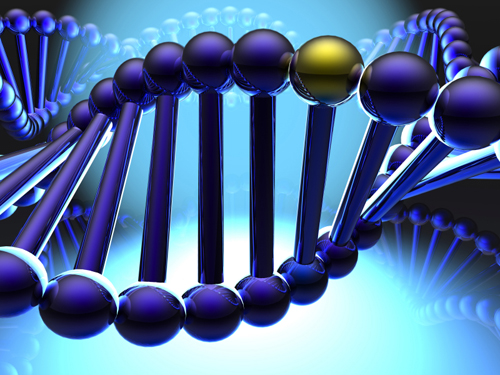New insights into how genes turn on and off:

New insights into how genes turn on and off
Researchers at UC Davis and the University of British Columbia have shed new light on methylation, a critical process that helps control how genes are expressed. Working with placentas, the team discovered that 37 percent of the placental genome has regions of lower methylation, called partially methylated domains (PMDs), in which gene expression is turned off. This differs from most human tissues, in which 70 percent of the genome is highly methylated.
While PMDs have been identified in cell lines, this is the first time they have been found in regular human tissue. In addition to enhancing our understanding of epigenetics, this work could influence cancer research and help illuminate how environmental toxins affect fetal development. .
Since it was unraveled more than ten years ago, the human genome has been the focus of both popular interest and intense scientific focus. But the genome doesn’t act alone; there are many factors that influence whether genes are turned on or off. One of these is an epigenetic process called methylation, in which a group of carbon and hydrogen atoms (a methyl group) attaches to DNA, adjusting how genes are expressed.
“I like to think of epigenetics as a layer on top of your genetic code,” said senior author Janine LaSalle, professor of medical microbiology and immunology. “It’s not the DNA sequence but it layers on top of that — and methylation is the first layer. Those layers provide a lot of information to the cells on where and when to turn on the genes.”
How and when genes are activated (or inactivated) can have a profound impact on human development, cancer and the biological legacy of environmental toxins. Prior to this research, PMDs had only been found in cultured cell lines, which led some scientists to wonder if they existed outside the test tube. This study confirms they exist in placental tissue, a critically important window into fetal development.
“The placenta is the interface between mother and fetus,” said LaSalle, who is a researcher affiliated with the UC Davis MIND Institute. “It’s a time capsule from when a lot of important methylation events occurred.”
In addition, placental tissue was interesting to study because it has a number of invasive characteristics often associated with cancer. In fact, a number of cancers, such as breast and colon, have widespread PMDs. LaSalle notes that anti-cancer epigenetic therapies that adjust methylation could be refined based on this improved understanding of PMDs.
This work could also enhance our ability to detect genetic defects. Methylation, and other epigenetic data, provides information that cannot be found in the genome alone. For example, the vast majority of cells in the body contain identical genetic code. However, the added information provided by methylation allows scientists to determine where specific DNA came from.
“Methylation patterns are like fingerprints, showing which tissue that DNA is derived from,” LaSalle said. “You can’t get that information from just the DNA sequence. As a result, methylation studies could be a very rich source for biomarkers.”
In the study, PMDs encompassed 37 percent of the placental genome, including 3,815 genes, around 17 percent of all genes. When found in low-methylation regions, these genes were less likely to be transcribed into proteins. Researchers also found that PMDs also contain more highly methylated CpG islands (genomic areas with large numbers of cytosine-guanine pairs), which are often associated with gene transcriptional silencing of promoters.
Because the placental PMDs contained many genes associated with neuronal development, and specifically autism, LaSalle notes that future research could investigate how epigenetics impacts autism genes at birth.
“We are looking for biomarkers that predict neurodevelopmental outcomes,” LaSalle said. “Now we have a series of snap shots from a critical period where we think environmental factors are playing a role in the developing brain.”













































